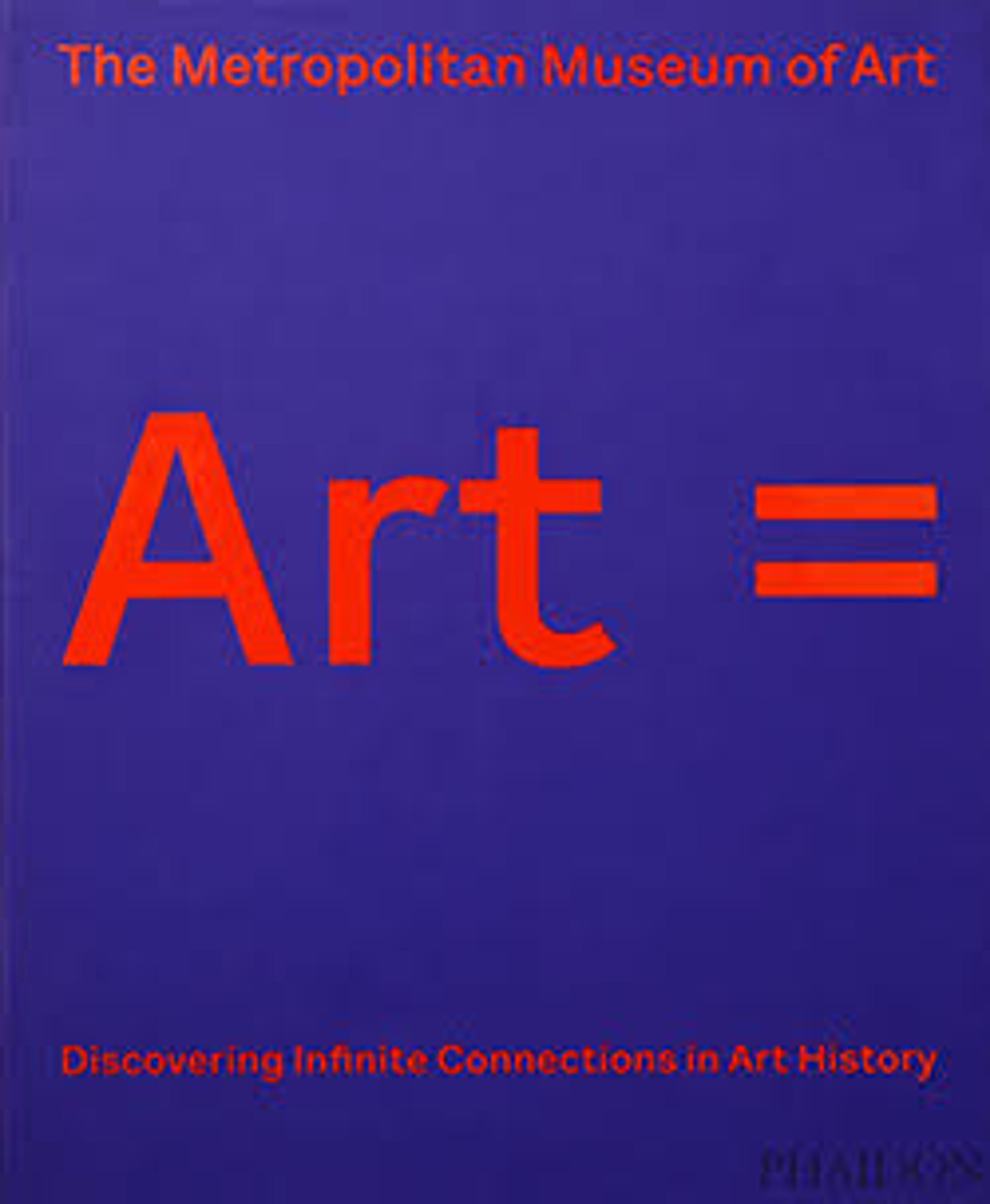Bowl Fragments with Menorah, Shofar, and Torah Ark
This rare example of Jewish gold glass depicts an open Torah ark, with rolled scrolls on its shelves, and ritual implements of the temple-including two menorot (candelabra), a shofar (ram's horn), and an etrog (citron). Originally, a banqueting scene was shown below, with a fish on the tripod table in front of a cushion.
Artwork Details
- Title:Bowl Fragments with Menorah, Shofar, and Torah Ark
- Date:300–350
- Culture:Roman
- Medium:Glass, gold leaf
- Dimensions:Overall: 2 11/16 x 2 3/4 x 1/4 in. (6.9 x 7 x 0.7 cm)
a only: 1 1/2 x 3 1/2 in. (3.8 x 8.9 cm)
b only: 1 1/2 x 1 1/4 in. (3.8 x 3.2 cm) - Classification:Glass-Gold glass
- Credit Line:Rogers Fund, 1918
- Object Number:18.145.1a, b
- Curatorial Department: Medieval Art and The Cloisters
More Artwork
Research Resources
The Met provides unparalleled resources for research and welcomes an international community of students and scholars. The Met's Open Access API is where creators and researchers can connect to the The Met collection. Open Access data and public domain images are available for unrestricted commercial and noncommercial use without permission or fee.
To request images under copyright and other restrictions, please use this Image Request form.
Feedback
We continue to research and examine historical and cultural context for objects in The Met collection. If you have comments or questions about this object record, please contact us using the form below. The Museum looks forward to receiving your comments.
